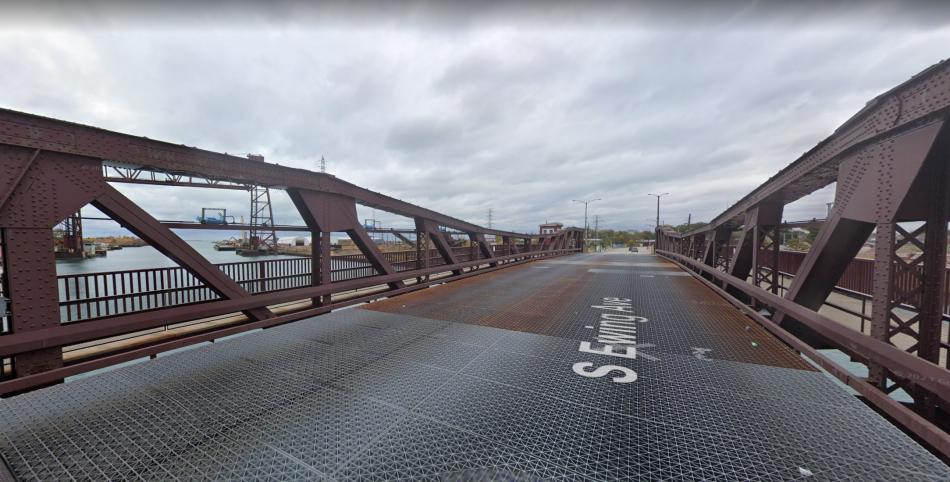Vice President Kamala Harris recently joined Mayor Lightfoot and U.S. Senator Dick Durbin to announce $144 million in federal funding awarded to the City of Chicago to rehabilitate the Illinois International Port Calumet River Bridges. Made possible by President Biden’s Bipartisan Infrastructure Law, the grant was awarded through the U.S. Department of Transportation’s new Bridge Investment Program.
Vital to the local community and region, the funding will support the major rehabilitation of four historic bascule bridges over the Calumet River. These include the 92nd St/Ewing Ave Bridge, 95th St Bridge, 100th St Bridge, and 106th St Bridge. The bridges are critical components of the Illinois International Port and the Illinois Waterway, allowing freight access via the waterways between Lake Michigan and the Gulf of Mexico. The bridges also function as an interconnected network, providing access to crucial industries and local jobs, and economic stability in the underserved South Chicago and Calumet areas.
“It is my honor for Chicago to be one of the first grant recipients of the new Bridge Investment Program’s Large Bridge Project Grants,” said Mayor Lightfoot. “These bridges are an important part of our City’s history, and they must be modernized to ensure they can meet the demands of the future. Thank you to the Biden-Harris Administration and the federal delegation for helping to make this project a reality through grant funding and for creating the Bipartisan Infrastructure Law that makes developments like these possible across the country.”
Each bridge lifts an average of 5,000 times per year, providing continuous and safe access for marine traffic to and from the port and surrounding industrial uses. Their rehab is critical to maintaining the industrial road and water traffic supporting our nation’s economy. The bridges carry a combined average of over 40,000 vehicles per day including 3,000 trucks. Freight access along the Illinois Waterway also provides a vital connection to the port and local industries, supporting economic strength.
As part of the bridge work, pedestrian and bicycle infrastructure will also be upgraded to improve multimodal safety and connectivity. Sidewalk network improvements are planned, including the installation of nearly 3,000 feet of new sidewalk to close gaps on each side of the 100th Street bridge. Additionally, bike lanes will be installed across all of the bridges. These bike lanes will be unprotected, however there is consideration for barrier-separated lanes on the approaches of the bridges and flex posts on the actual bridges as space permits.









